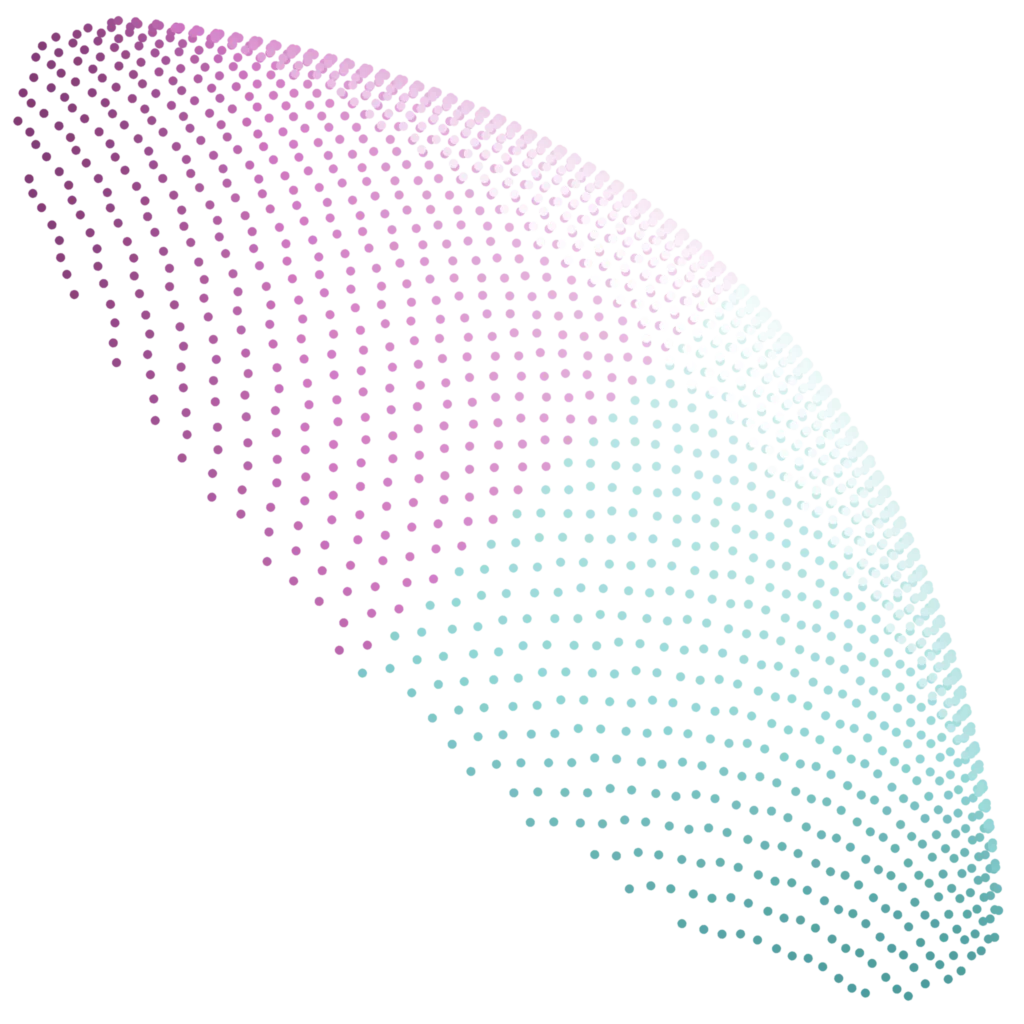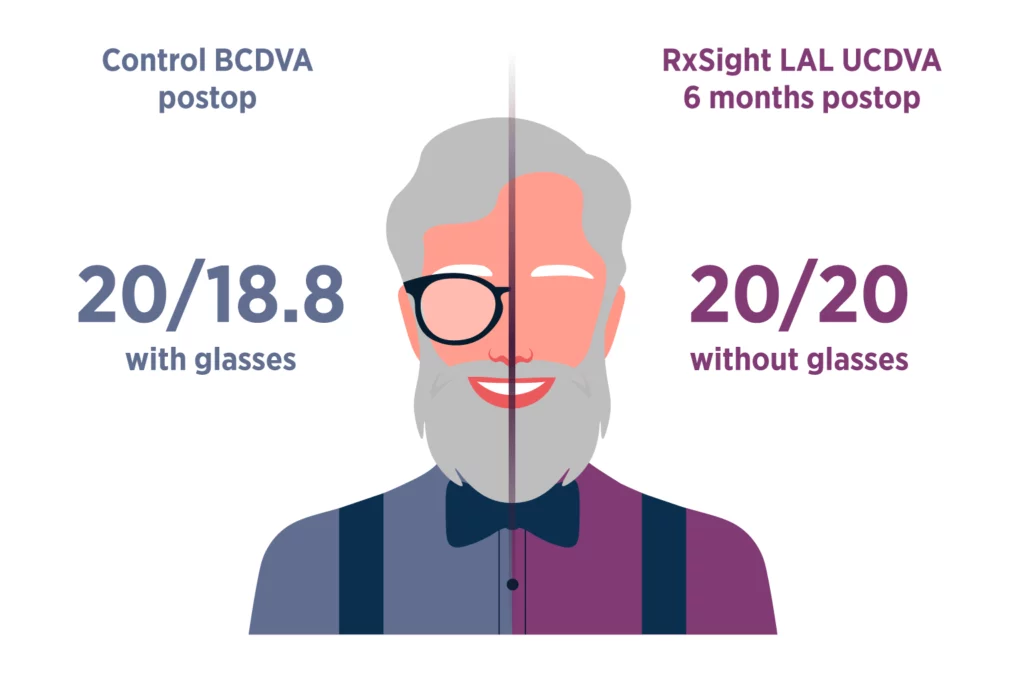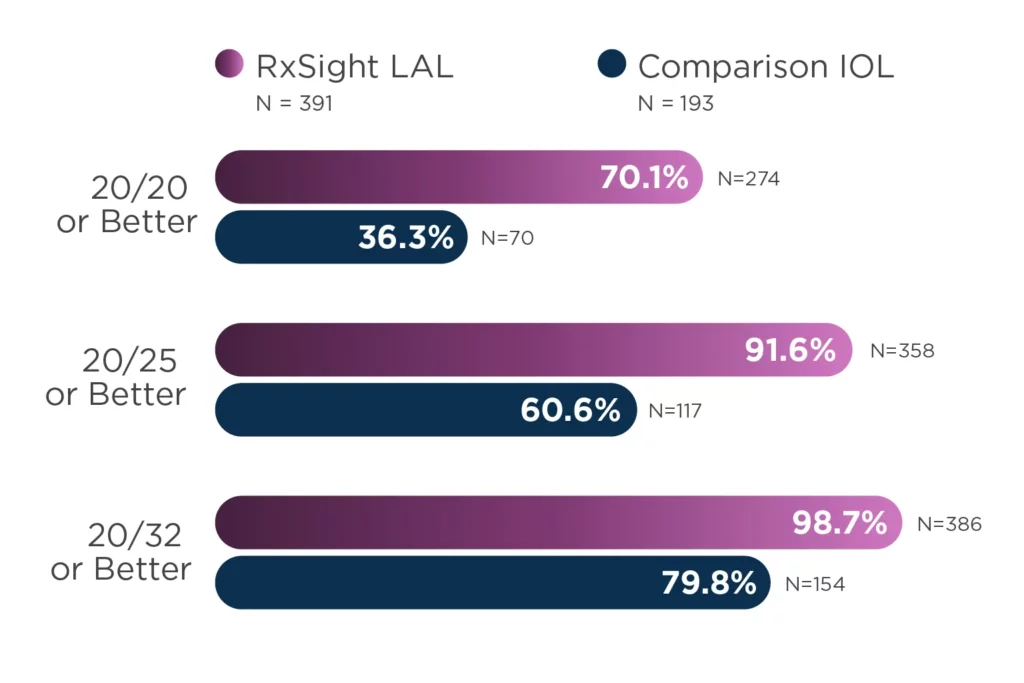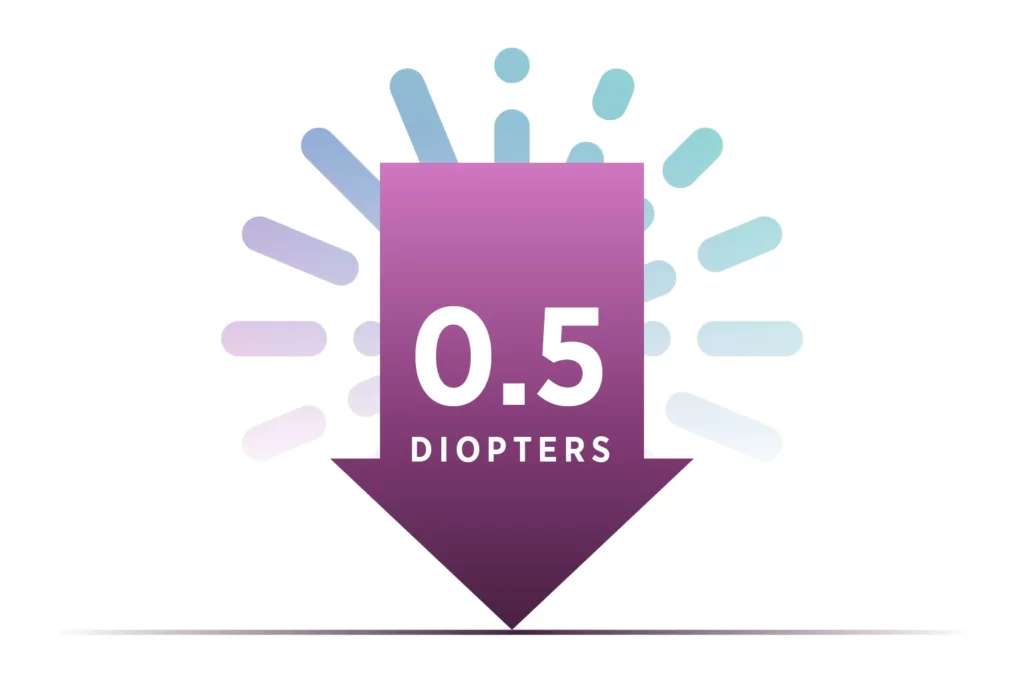Plus Is
Here.

Everything you love about adjustability. Plus more.
We’re changing the shape of cataract surgery. Again. Introducing the newest innovation in adjustability built on the Light Adjustable Lens™ (LAL®) platform—the Light Adjustable Lens+™ (LAL+™).
Discover more about the LAL+ and be part of the transformation.
What Is the LAL+? Exactly What Doctors Have Been Asking For.
The LAL+ has a modified aspheric anterior surface that creates a small continuous increase in central lens power, which is designed to slightly extend the depth of focus.
This proprietary optical design further extends the depth of focus prior to any light treatments compared to the LAL, providing you with more opportunities to achieve the optimized vision outcomes you’ve come to expect from the LAL platform.
Optic Body
- Photoreactive UV-absorbing silicone
- Biconvex
- Anterior surface with rounded edge
- Posterior surface with squared edge
- 6 mm diameter
Haptics
- Blue core polymethylmethacrylate
- Modified C
- Haptic angle of 10°
- 3 mm total diameter
More of the Adjustability Doctors Already Love
Both the LAL and LAL+ are adjusted in your office through precise UV light treatments that change the shape of the lens using the proprietary Light Delivery Device (LDDTM), giving your patients truly custom vision. This revolution in cataract surgery has moved the important decisions about finalizing lens power to the ideal point in the process for patient satisfaction: after surgery. This way, the process can account for unpredictable refractive changes that occur during cataract surgery healing to achieve the best possible outcomes for your patients and your practice.
The LAL and LAL+ Clinical Process Have the Same:
- Surgical planning
- Insertion technique
- LDD treatment planning and process
Don’t Get Left in the Dark
The platform of adjustability that began with the Light Adjustable Lens continues to change the shape of cataract surgery. Our commitment to supporting cataract surgeons is built on the belief that the truly customized approach of adjustability leads to the best possible vision outcomes for your patients. Plus is here. Adjustability is here to stay.
Discover More About the LAL+
Be part of the transformation. Fill out the form below to learn more and have someone from the RxSight® team contact you.


